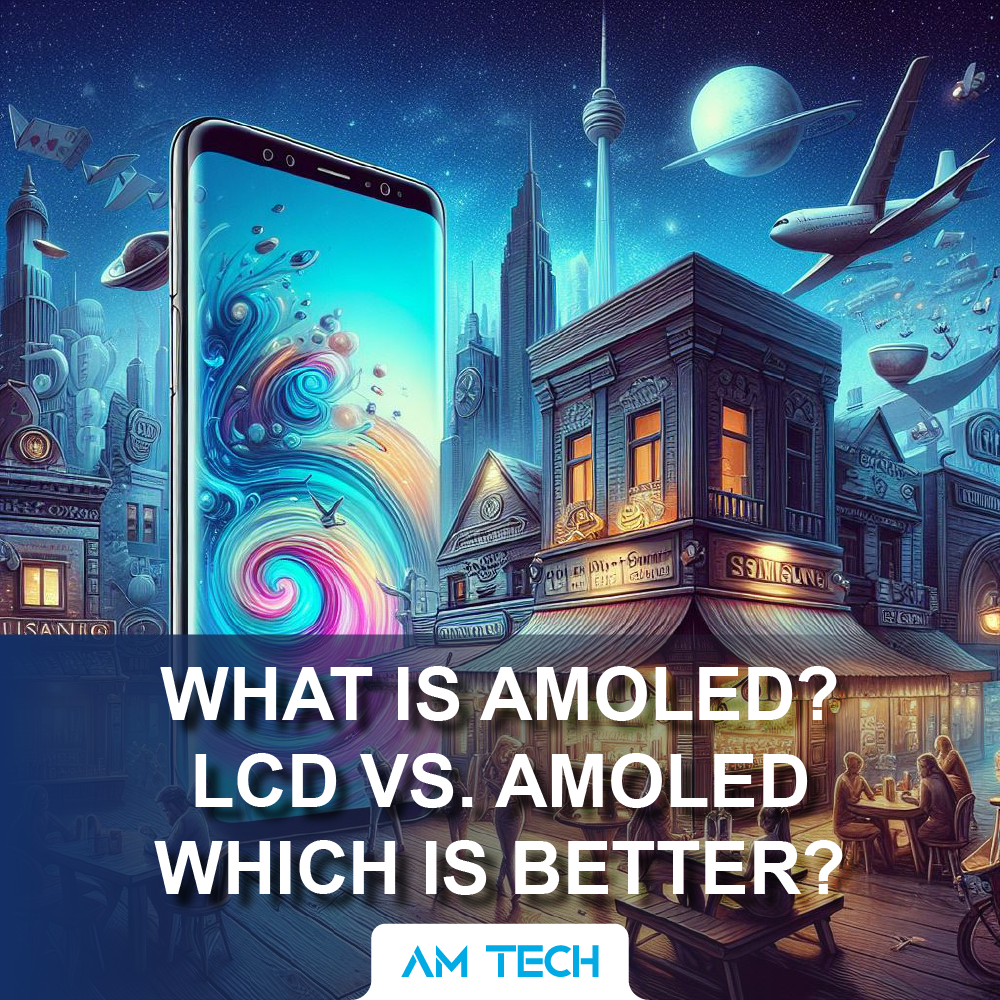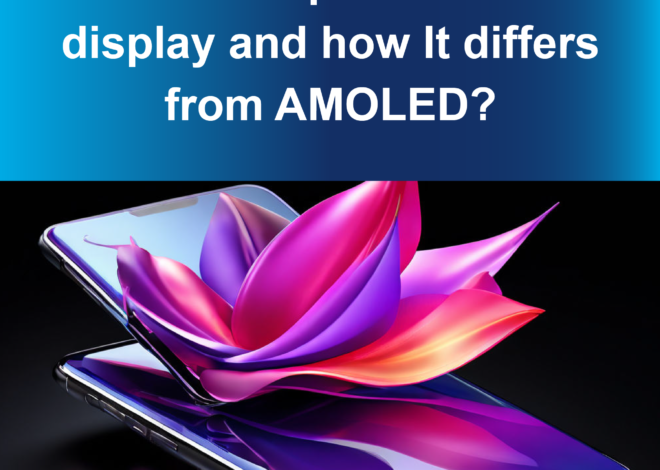
What is AMOLED? LCD VS. AMOLED. Which is better?
AMOLED, short for Active-Matrix Organic Light-Emitting Diode, is a display technology that has gained immense popularity in recent years. Known for its vibrant colors, deep blacks, and energy efficiency, AMOLED displays have become a staple in the world of smartphones, tablets, and even televisions.
| Also Read: What Is Super AMOLED Display And How It Differs From AMOLED?
How does AMOLED work?
When an electric current is applied to the small organic molecules that make up AMOLED displays, they release light. An AMOLED display’s pixels are self-emitting, in contrast with traditional LCD displays, which rely on a backlight to illuminate the pixels. This means a pixel emits no light when it is turned off, producing true blacks and infinite contrast ratios.
In the name, “active-matrix” refers to the thin-film transistor (TFT) array that controls the current flowing to every single pixel. This makes it possible to precisely control the brightness and color of each pixel, producing stunning images.
| Also Read: How To Install Kali Linux On USB Flash Drive In 2024
Advantages of AMOLED
Superior Contrast
The ability of AMOLED screens to create bright colors and deep blacks is one of their most renowned qualities. Because the self-emitting pixels provide an unlimited contrast ratio, pictures, and movies have a more realistic and real appearance.
Energy Efficiency
Compared to traditional LCD displays, AMOLED displays use less power because they only light up the pixels that are required. This may result in longer battery life for smartphones using AMOLED technology.
| Also Read: Top 10 Free AI Tools to Remove Image Background Online in 2024
Flexibility
Because of the renowned flexibility of AMOLED displays, manufacturers are able to make curved and even foldable screens. This improves the user experience and creates new opportunities for innovative device designs.
Wide Viewing Angles
AMOLED displays provide great viewing angles that guarantee that details and colors stay the same even when seen from various perspectives. They are therefore perfect for watching films or sharing content with friends and family.
AMOLED VS. LCD. What’s the Difference

Despite all of the advantages of AMOLED displays, it’s important to know the main differences between LCD (Liquid Crystal Display) and AMOLED technologies. Some of the key differences are below:
Black Levels
True blacks can be achieved by AMOLED displays, however, less accurate black levels are produced by LCD screens because they depend on a backlight.
Colour Accuracy
When compared to LCD screens, AMOLED displays frequently have vibrant and saturated colors. However, certain LCD panels have the ability to reproduce color more accurately.
Cost
The production cost of AMOLED displays is often higher than that of LCD screens, which may have an effect on the final cost of products using this technology.
Power Consumption
AMOLED screens use less energy than LCD screens, particularly when showing a lot of black content. The constant backlight needed for LCD panels uses more energy.
The production cost of AMOLED displays is often higher than that of LCD screens, which may have an effect on the final cost of products using this technology.
Conclusion

Since AMOLED technology offers rich colors, deep blacks, and energy efficiency, it has completely changed the way we view displays. Due to their widespread use in televisions, tablets, and smartphones, AMOLED screens have proven themselves as the gold standard for visual quality. AMOLED technology makes viewing material more engaging and colorful than ever, whether you’re watching a movie, playing a game, or just browsing the internet.




I am not chosing AMOLED because it is very expensive and I can’t afford that.
Yes, AMOLED is very expensive than LCD. A person should check their budget to chose between AMOLED and LCD.
AMOLED is future <3
Yeah 💯